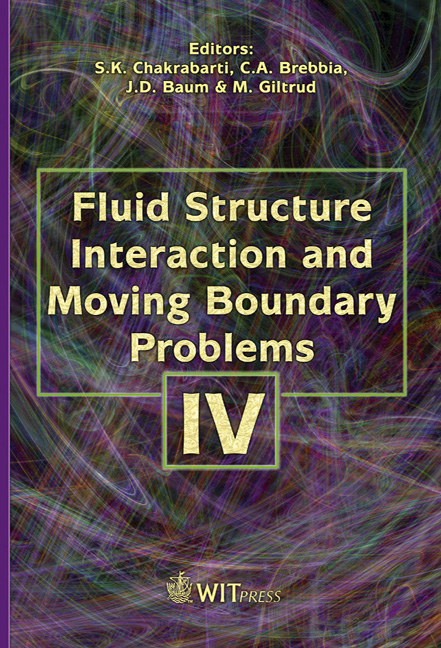Economizing The Stability Of Rubble-mound Breakwaters Using Artificial Neural Network
Price
Free (open access)
Transaction
Volume
92
Pages
12
Published
2007
Size
2,314 kb
Paper DOI
10.2495/FSI070051
Copyright
WIT Press
Author(s)
M. Shakeri Majd, M. A. Lashteh Neshaei & M. Salehi
Abstract
Economic design in different types of breakwaters has been a most important issue. Although advanced models exist, they are often based on two-dimensional simulations using plane-stress method. A new approach was used in three dimensional analyses, which is based on the finite element method to recognize the best stability of structure in rubble-mound breakwaters. Also the geometry of modeling was explored by artificial neural network to assess the validity of geometry. As a case study, the results of the 3D finite element method and artificial neural network are investigated by a Caspian Sea breakwater’s data. The converge ratio of these methods are close to unity. The results show the good ability of artificial neural network in training and estimating the geometry of armor layer and the stability of rubble-mound breakwaters by a good accuracy. Keywords: rubble mound breakwaters, geometry, artificial neural network economizing, marine transportation. 1 Introduction Breakwaters are constructed to provide protection to the port and harbor facilities from dynamic forces of the ocean waves. The traditional and most commonly used breakwaters are of the rubble mound type which consists of one or two layers of armor stone, one or two filter layers and a core of quarry. The design of the breakwater section, which is normally of trapezoidal shape, is described in
Keywords
rubble mound breakwaters, geometry, artificial neural network economizing, marine transportation.





